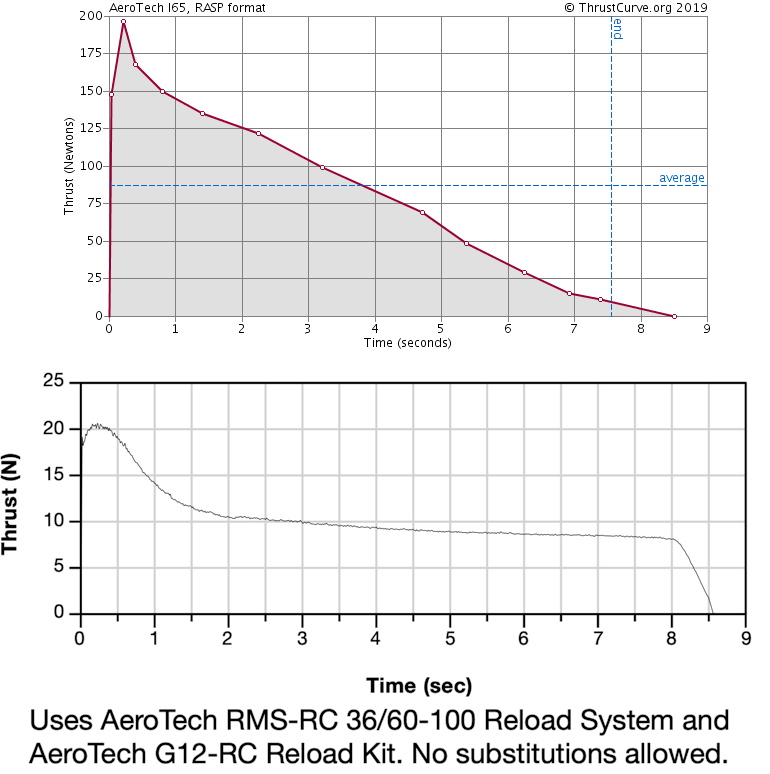My project is still in development and you are correct im reconsidering it and I may change a LOT about that, I am starting a new TVC project on 76mm tubes btw they are on sale you can get two for 6$ at office depot!
Link: https://www.officedepot.com/a/products/578184/Office-Depot-Brand-Tuff-Tube-Mailing/
(Buy them before they run out if ya need em)
Back to what I was saying George My new rocket called Verizon is in development and Im currently working on my own tvc design along with learning how to code, and also learning how to design on a pcb board. George This rocket is going to look a lot like the one Joe Barnard is making, that other rocket im not sure if I want to do anymore and im like seriously reconsidering the thought. thanks for including and talking about that it makes more sense to me now. With my Verizon rocket its going to have the same goal as what the sprint rocket had sorta.
The rocket is going to look like this:
Length: 4 feet
Dia: 76mm
material for tube used: Cardboard (Mailing tubes are cheapest)
Motor: F10
desired altitude (I always start low and work my way up so for now its low altitude): 100Meters
I am probably going to be working on this project this year and the rest of the year so I am not sure how it will go but if you wanna be updated on it I might post on my personal channel for fun: https://www.youtube.com/
when I get my 3d printer and stuff thats when I really start getting to design and I get to testing and stuff.
Link: https://www.officedepot.com/a/products/578184/Office-Depot-Brand-Tuff-Tube-Mailing/
(Buy them before they run out if ya need em)
Back to what I was saying George My new rocket called Verizon is in development and Im currently working on my own tvc design along with learning how to code, and also learning how to design on a pcb board. George This rocket is going to look a lot like the one Joe Barnard is making, that other rocket im not sure if I want to do anymore and im like seriously reconsidering the thought. thanks for including and talking about that it makes more sense to me now. With my Verizon rocket its going to have the same goal as what the sprint rocket had sorta.
The rocket is going to look like this:
Length: 4 feet
Dia: 76mm
material for tube used: Cardboard (Mailing tubes are cheapest)
Motor: F10
desired altitude (I always start low and work my way up so for now its low altitude): 100Meters
I am probably going to be working on this project this year and the rest of the year so I am not sure how it will go but if you wanna be updated on it I might post on my personal channel for fun: https://www.youtube.com/
when I get my 3d printer and stuff thats when I really start getting to design and I get to testing and stuff.






